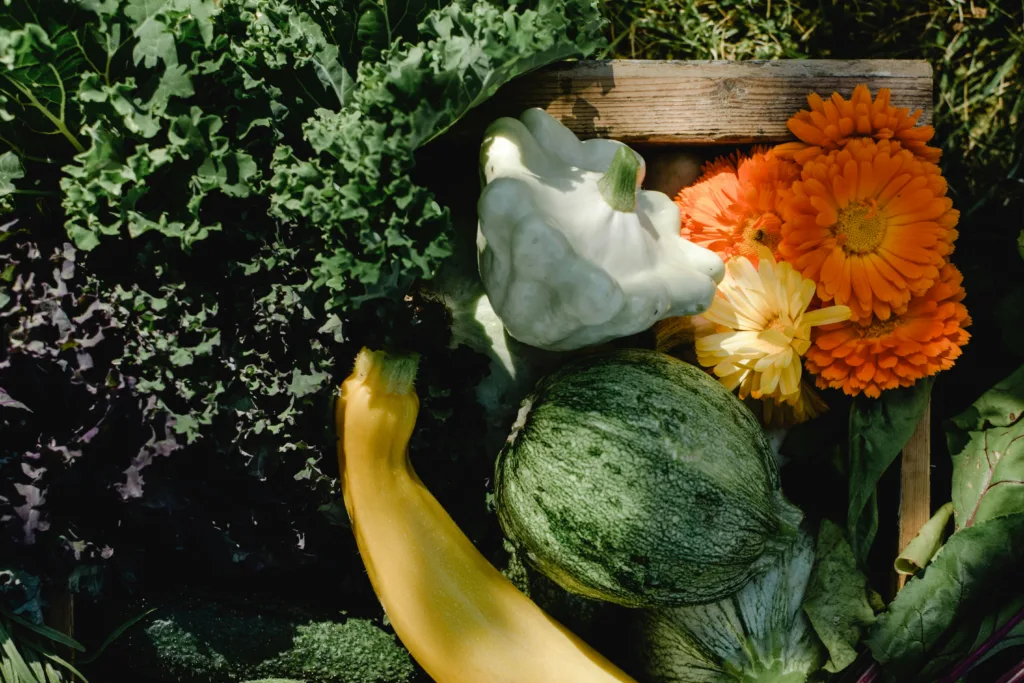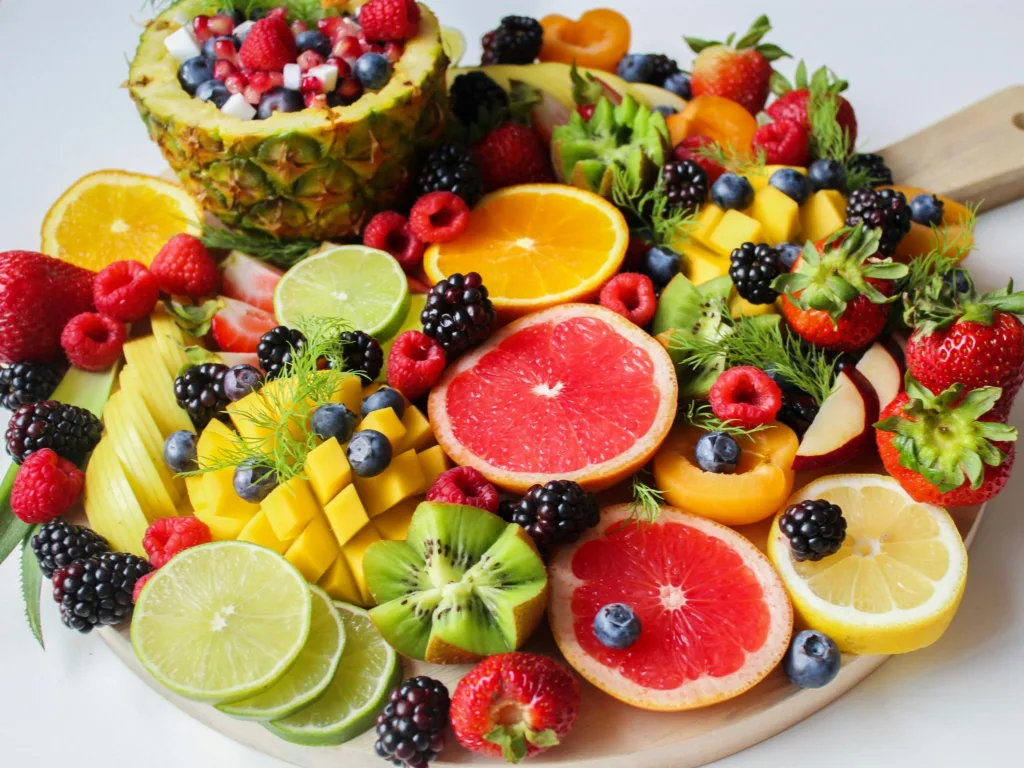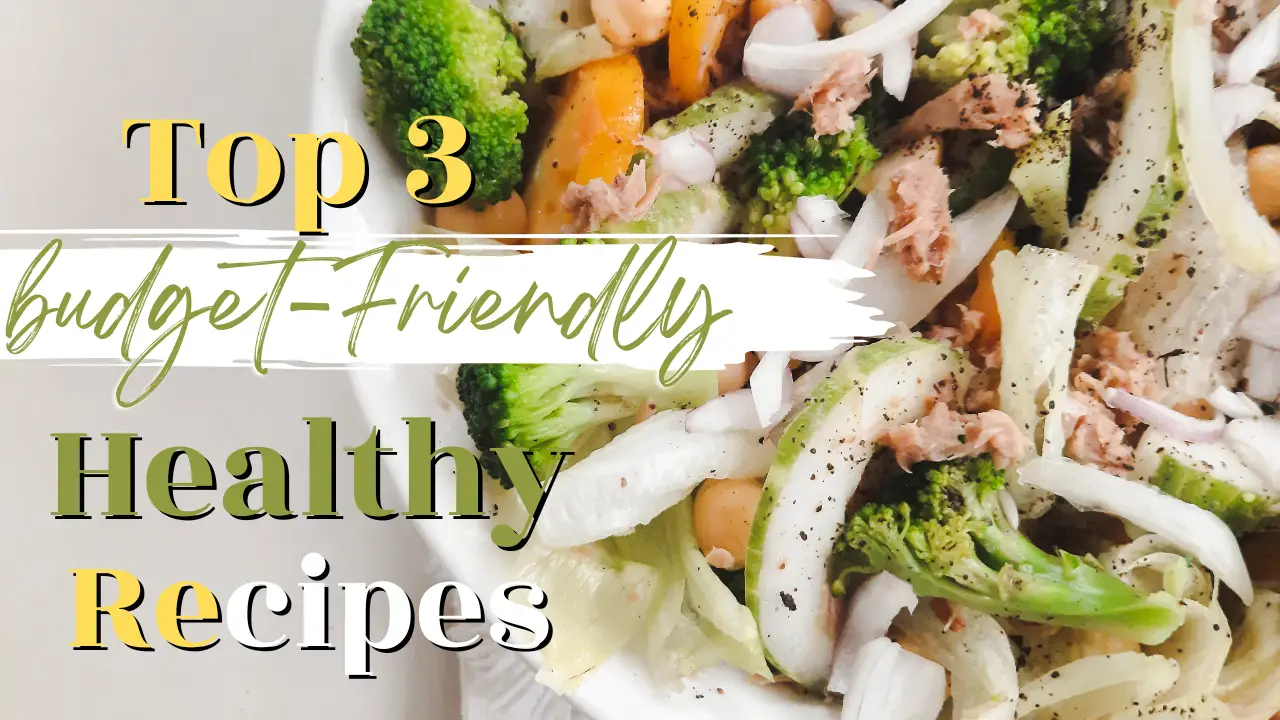Top 10 Healthy Foods to Incorporate Into Your Diet for a Balanced Lifestyle”
Table of Contents
Looking to lead a healthier lifestyle? Discover the top 10 healthy foods you should include in your diet for a balanced and nutritious life.
I. Introduction
Eating well isn’t just about satisfying hunger; it’s about nourishing your body with the right nutrients to thrive. In this guide, we’ll explore the significance of a balanced diet, the myriad benefits of consuming healthy foods, and an overview of the top 10 foods that should grace your plate for a more balanced lifestyle.

A. Importance of a Balanced Diet
Maintaining a balanced diet is essential for overall health and well-being. It provides the necessary nutrients, vitamins, and minerals to support bodily functions, boost immunity, and prevent chronic diseases.
B. Benefits of Eating Healthy Foods
Healthy foods offer a plethora of benefits, including improved energy levels, enhanced mood, better weight management, and reduced risk of diseases such as heart disease, diabetes, and certain cancers.
C. Overview of Top 10 Healthy Foods
Our list of top 10 healthy foods comprises a diverse range of nutrient-rich options, including leafy greens, fruits, whole grains, lean proteins, and nuts and seeds. Let’s delve into each category to uncover their nutritional prowess.
II. Leafy Greens
Leafy greens are nutritional powerhouses packed with vitamins, minerals, and antioxidants essential for optimal health.

A. Spinach
Spinach is renowned for its high iron content, crucial for oxygen transport in the body. Additionally, it boasts an abundance of vitamins A, C, and K, along with folate and fiber, promoting heart health and aiding digestion.
B. Kale
Kale, a member of the cruciferous vegetable family, is brimming with vitamins C and K, calcium, and antioxidants like quercetin and kaempferol. Its anti-inflammatory properties contribute to improved heart health and lower blood pressure.
C. Broccoli
Broccoli is a nutritional powerhouse rich in fiber, vitamins C and K, folate, and antioxidants such as sulforaphane. Its consumption has been linked to reduced inflammation, improved digestion, and lowered cancer risk.
III. Fruits
Fruits are nature’s sweet treats, packed with vitamins, minerals, fiber, and antioxidants to support overall health.

A. Berries
Berries, such as strawberries, blueberries, and raspberries, are bursting with antioxidants known as anthocyanins, which help fight oxidative stress and inflammation. They’re also rich in vitamin C and fiber, promoting skin health and aiding digestion.
B. Citrus Fruits
Citrus fruits like oranges, lemons, and grapefruits are renowned for their high vitamin C content, which boosts immunity and collagen production. They also contain fiber and various antioxidants, supporting heart health and reducing the risk of chronic diseases.
C. Apples
“An apple a day keeps the doctor away” isn’t just a saying; it’s backed by science. Apples are rich in fiber, vitamin C, and various antioxidants, promoting gut health, aiding weight loss, and lowering the risk of diabetes and heart disease.
IV. Whole Grains
Whole grains are nutritional powerhouses packed with fiber, vitamins, minerals, and antioxidants, offering numerous health benefits.

A. Quinoa
Quinoa is a complete protein source, containing all nine essential amino acids, making it an excellent choice for vegetarians and vegans. It’s also rich in fiber, magnesium, B vitamins, and antioxidants, supporting weight management and heart health.
B. Oats
Oats are a nutrient-dense grain loaded with fiber, particularly beta-glucan, which helps lower cholesterol levels and improve heart health. They’re also rich in antioxidants and provide sustained energy, making them an ideal breakfast choice.
C. Brown Rice
Brown rice is a whole grain rich in fiber, vitamins, and minerals, including manganese and selenium. Its consumption has been linked to improved digestion, reduced risk of diabetes, and better weight management.
V. Lean Proteins
Lean proteins are essential for muscle repair, growth, and overall health, providing the body with amino acids necessary for various physiological functions.

A. Salmon
Salmon is an excellent source of high-quality protein and omega-3 fatty acids, which support heart health, brain function, and inflammation reduction. It’s also rich in vitamin D and selenium, promoting bone health and immune function.
B. Chicken Breast
Chicken breast is a lean protein source packed with essential nutrients like niacin, selenium, and phosphorus. It supports muscle growth and repair, aids weight management, and boosts metabolism.
C. Lentils
Lentils are a plant-based protein powerhouse rich in fiber, folate, iron, and potassium. They promote satiety, stabilize blood sugar levels, and support heart health, making them an excellent addition to any diet, especially for vegetarians and vegans.
VI. Nuts and Seeds
Nuts and seeds are nutrient-dense snacks loaded with healthy fats, protein, fiber, vitamins, and minerals, offering a plethora of health benefits.

A. Almonds
Almonds are rich in heart-healthy monounsaturated fats, fiber, vitamin E, magnesium, and antioxidants. Their consumption has been associated with reduced cholesterol levels, improved heart health, and enhanced cognitive function.
B. Chia Seeds
Chia seeds are nutritional powerhouses packed with fiber, protein, omega-3 fatty acids, calcium, and antioxidants. They promote satiety, stabilize blood sugar levels, aid digestion, and support heart and brain health.
C. Flaxseeds
Flaxseeds are rich in alpha-linolenic acid (ALA), a type of omega-3 fatty acid, lignans, fiber, and antioxidants. They support heart health, reduce inflammation, promote digestive regularity, and may lower the risk of certain cancers.
VII. Conclusion
Incorporating these top 10 healthy foods into your diet can significantly impact your overall health and well-being. From boosting immunity and supporting heart health to aiding digestion and promoting weight management, these nutrient-rich options offer a myriad of benefits.
A. Recap of Top 10 Healthy Foods
To recap, the top 10 healthy foods include spinach, kale, broccoli, berries, citrus fruits, apples, quinoa, oats, brown rice, salmon, chicken breast, lentils, almonds, chia seeds, and flaxseeds.
B. Importance of Incorporating These Foods Into Your Diet
By incorporating these foods into your diet, you provide your body with the essential nutrients it needs to thrive, supporting overall health, vitality, and longevity.
C. Tips for Maintaining a Balanced Diet
To maintain a balanced diet, aim to consume a variety of nutrient-rich foods from all food groups, stay hydrated, limit processed foods and sugary beverages, and listen to your body’s hunger and fullness cues.
VIII. FAQs
Have questions about incorporating these healthy foods into your diet? Check out our FAQs for answers.
How can I incorporate these foods into my meals? Incorporate leafy greens into salads, stir-fries, or smoothies, enjoy fruits as snacks or desserts, swap refined grains for whole grains in meals, include lean proteins in main dishes or salads, and sprinkle nuts and seeds on yogurt, oatmeal, or salads for added nutrition.
Are there any specific health benefits of each food item? Yes, each food item offers unique health benefits. For example, leafy greens provide vitamins and antioxidants crucial for overall health, fruits offer vitamins, fiber, and antioxidants, whole grains provide fiber and essential nutrients, lean proteins support muscle repair and growth, and nuts and seeds offer healthy fats, protein, and various nutrients beneficial for heart and brain health.
Can I still enjoy treats while following a healthy diet?
Absolutely! It’s all about balance and moderation. While it’s essential to prioritize nutrient-dense foods for overall health, enjoying treats in moderation can be part of a balanced diet .Opt for healthier treat options like dark chocolate or homemade desserts with wholesome ingredients.
This comprehensive guide aims to equip you with the knowledge and inspiration to make healthier choices when it comes to your food consumption. By incorporating these top 10 healthy foods into your diet, you can embark on a journey towards a more balanced and nourished lifestyle.
How can I ensure I’m getting enough variety in my diet when incorporating these healthy foods?
To ensure dietary variety, aim to include a diverse range of fruits, vegetables, whole grains, lean proteins, and healthy fats in your meals. Rotate your choices regularly, experiment with different recipes and cooking methods, and explore seasonal produce for added diversity.
Are there any potential allergens among these top 10 healthy foods?
While these foods are generally considered safe and nutritious for most people, some individuals may have allergies or sensitivities to certain ingredients. Common allergens include nuts, seafood (such as salmon), and gluten-containing grains (such as wheat, found in some whole grain products). It’s essential to be aware of any personal allergies or dietary restrictions and consult with a healthcare professional if you have concerns.
Can I consume these foods if I have specific dietary preferences or restrictions, such as veganism or gluten intolerance?
Yes, many of these healthy foods can be adapted to accommodate various dietary preferences and restrictions. For example, plant-based alternatives can replace animal proteins for vegans and vegetarians, gluten-free grains can be substituted for those with gluten intolerance, and nut-free options are available for individuals with nut allergies. With a bit of creativity and ingredient substitution, you can still enjoy a balanced and nutritious diet tailored to your specific needs.
Should I be concerned about the environmental impact of consuming these foods?
While prioritizing personal health is crucial, it’s also essential to consider the environmental impact of food choices. Opting for sustainably sourced and locally produced foods, reducing food waste, and choosing plant-based options more often can help minimize your carbon footprint and support environmental sustainability. Additionally, selecting organic options when possible can reduce exposure to pesticides and support sustainable farming practices.
What are some budget-friendly ways to incorporate these healthy foods into my diet?
Eating healthily doesn’t have to break the bank. Look for seasonal produce, buy in bulk to save money, prioritize frozen or canned options when fresh isn’t available, and consider meal planning and preparation to reduce food waste. Additionally, exploring affordable protein sources like legumes and eggs and incorporating inexpensive whole grains like rice and oats can help stretch your grocery budget while still nourishing your body.
By addressing these additional FAQs, readers can gain a deeper understanding of how to incorporate these top 10 healthy foods into their diet and overcome any potential challenges or concerns they may have.
Share this content:





Post Comment